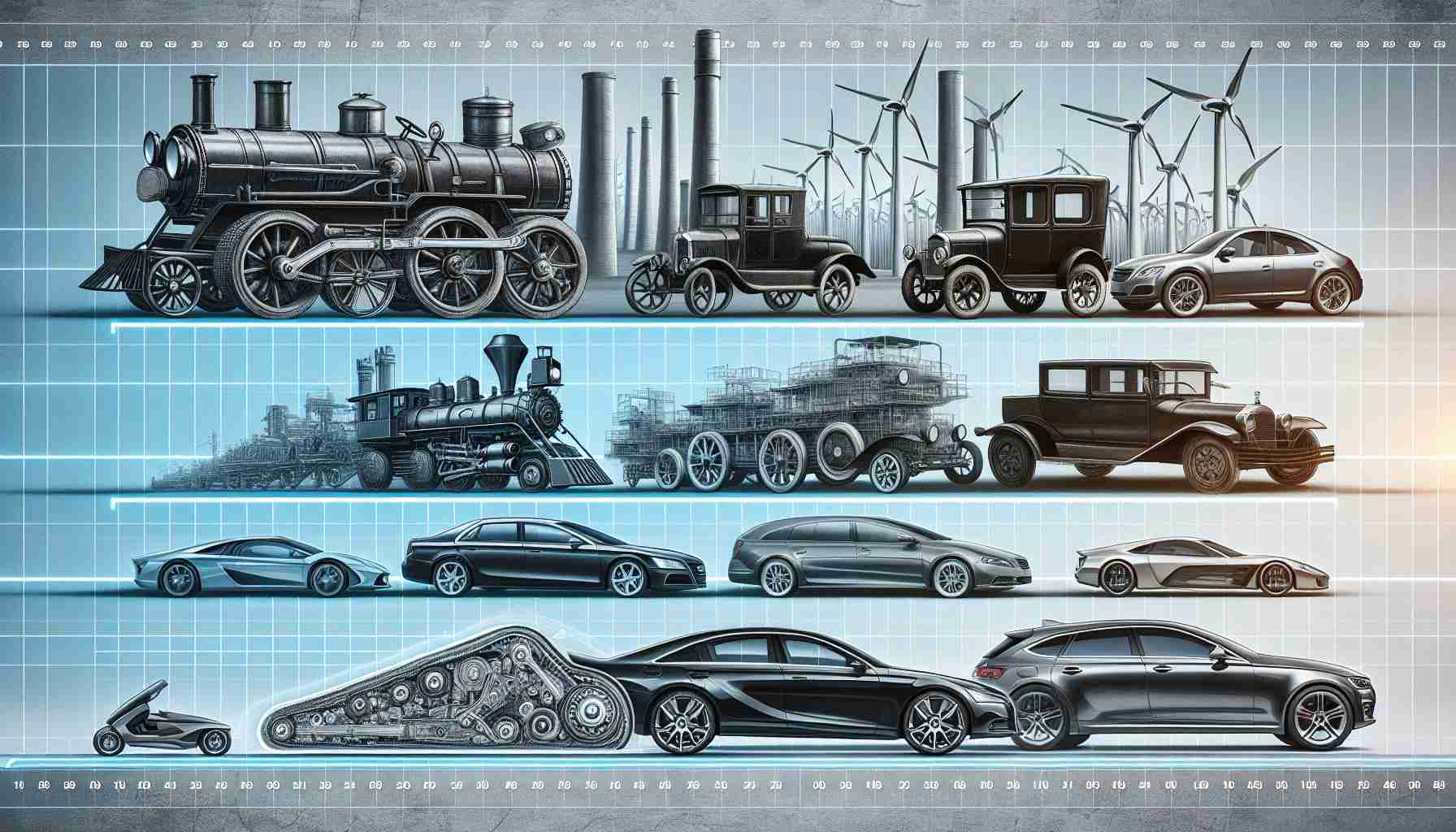A New Perspective on Automotive Industry Transformation
Over the course of automotive history, each revolution has ushered in more affordable cars. The creation of the first car in 1885 marked the beginning of a new era. Subsequent evolution saw significant changes in the industry. In the United States, Henry Ford’s innovative production methods revolutionized the market. By introducing standardized assembly lines, Ford increased efficiency and reduced costs. The famous Model T, produced on these lines, saw a significant price drop within a year and eventually reached record sales.
The second shift in the automotive industry took place in Japan post-World War II. Toyota’s adoption of the “Just in Time” principle under Eiji Toyoda’s leadership led to the development of the “lean manufacturing” model. This further lowered costs and made cars more affordable. The Toyota Corolla, launched in 1966, exemplified this approach, achieving success due to its competitive pricing.
Today, the industry is on the brink of a third transformation with the rise of electric and intelligent vehicles. This revolution is reshaping car structures and introducing technologies that reduce costs, hinting at a future of lower prices. As the industry navigates this transition, the evolution from price wars to efficiency remains a key theme.
Uncovering Further Insights into Automotive Industry Development
As we delve deeper into the evolution of automobiles, questions arise about the sustainability and environmental impact of these advancements. One pressing query is how the shift towards electric vehicles will affect overall efficiency and operational costs in the long run. Another important consideration is the infrastructure required to support a widespread adoption of electric cars, including the availability of charging stations and the impact on the power grid.
With the emergence of self-driving technologies and intelligent vehicles, one might wonder about their implications on pricing strategies and market competitiveness. How will manufacturers balance the initial high costs of producing these advanced vehicles with the need to make them affordable for consumers? Furthermore, what challenges exist in ensuring the safety and reliability of autonomous cars, especially in terms of cybersecurity and ethical considerations?
Advantages of these evolving technologies include reduced carbon emissions, lower maintenance costs, and enhanced safety features. Electric vehicles offer a sustainable alternative to traditional gasoline cars, contributing to a greener environment. Autonomous driving systems have the potential to reduce accidents caused by human error, leading to safer roads for everyone. However, disadvantages such as high initial costs, range anxiety for electric cars, and the potential loss of jobs in traditional automotive sectors present significant challenges to overcome.
For further reading on the latest trends and innovations in the automotive industry, visit Car and Driver. Stay informed about upcoming electric models, efficiency improvements, and the future of transportation. Explore the dynamic landscape of the automotive sector and gain valuable insights into how price wars and efficiency continue to shape its trajectory.























